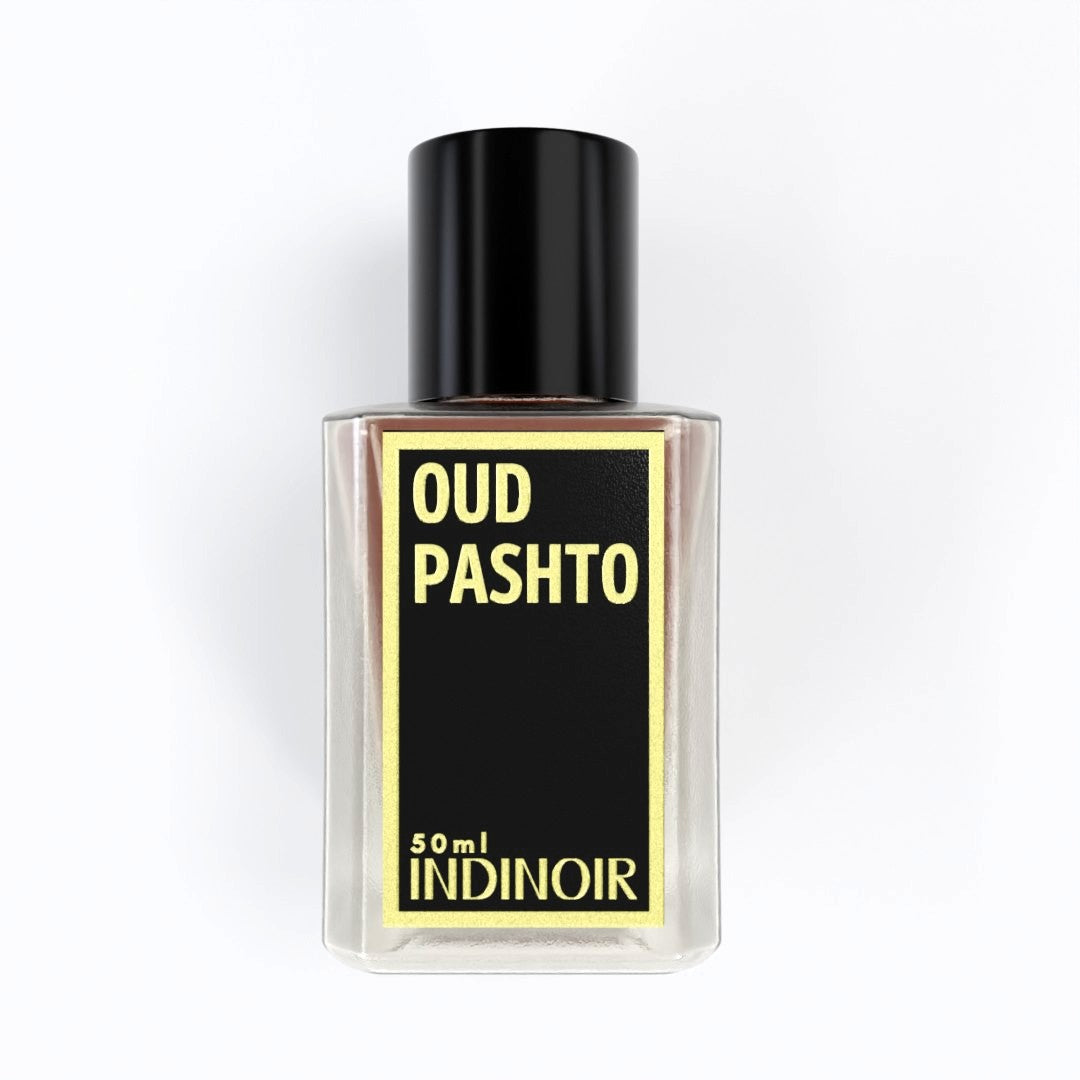You've probably seen a list of "notes" when shopping for perfumes. The said list generally contains what seems to be the list of ingredients. Or you may be someone who prefers a specific note, say rose or citrus, and you shop for perfumes comprising these scents. Many descriptions also talk about the fragrance's top, heart, and base notes. Ever wondered why? Fret not; we've got you!
In this installment of Fragrance 101: A Beginner's Guide, we'll break down what exactly fragrance or perfume notes are, how knowing an accord's notes helps you and what is a fragrance pyramid.
What is an accord?
The chemistry of perfumery is complex. It isn't just about mixing a few different scents. Perfumers are intentional about which ingredients they pick to form a perfume and its concentration. They need to account for temperature, pressure, dilution, and interaction with skin when designing a scent.
Accord is the final product, a harmonious blend of multiple scents. The layering of aromas combined with how the perfume interacts with your skin gives each perfume its distinct character.
What are perfume notes?
Let's get down to it. The term 'notes' has a dual meaning. First, it refers to a specific ingredient/ odor in the perfume, for example, lavender, bergamot, etc. It is also used to refer to the general character of the accord like citrus, floral, musk, and so on.
Usually, when a brand lists the notes of an accord, it is not an actual ingredient list. Instead, the aim is to give you an approximation of the scent. This is because perfume recipes are closely guarded secrets, and brands do not disclose a complete ingredient list to maintain a competitive edge.
Additionally, since many perfumes contain synthetic compounds, listing them will not tell you anything about what the scent ultimately smells like. Instead, if a description mentions that the perfume contains certain notes, you can deduce its general qualities. For example, if an accord has lime in top notes, you instantly know that it is a citrusy and fresh scent.
This brings us to the nifty tool: the fragrance pyramid or the perfume pyramid.
The Fragrance Pyramid or the Perfume pyramid
The pyramid is a composition of perfume notes and represents the life cycle of an accord. When we talk about the top, heart and base notes of a perfume, we are essentially categorizing the notes based on their volatility.
Top or head notes in perfume
The top or head notes are the initial notes you perceive upon application. As the name suggests, they are at the top of the pyramid and are generally the most volatile and first to dissipate.
As the introductory notes, consumers choose perfumes based on their impressions of the top notes. Therefore, these tend to be impactful- the hook, so to speak, to pique the customer's interest.
This layer is the most volatile and can last for anywhere between 5 minutes to 2 hours post-application. Volatility would vary based on the perfume and the scent concentration.
Some typical top notes are:
- Citrus notes- lime, bergamot, lemon
- Herb-y notes- lavender, rosemary, neroli
- Ozonic notes- Water notes such as sea breeze, waterfall
Heart or middle notes in perfume
Heart or middle notes follow the top notes of a perfume. Even so, the distinction in perception is not clear-cut. As a scent develops and the top notes mature, you will start sensing the heart notes.
The heart notes act as a bridge between the top and base notes, making the transition smoother. It gets the name because these notes form the fundamental character of the perfume. This is because it usually makes up for a third or more of the accord.
This layer can take anywhere between 10 to 30 minutes to develop and can last for about 2 to 4 hours after application.
Popular ingredients for heart notes include:
- Floral notes- rose, jasmine, ylang-ylang
- Fruit notes- peach, pear, strawberry
- Spice notes- cinnamon, nutmeg, clove
- Fougère- pine, fern
Base notes in perfume
Base notes are the ingredients with the largest molecules. Due to this property, they take the longest to develop and are the least volatile. As the name suggests, the base notes anchor the other two layers and add depth to the accord.
The layering of heart notes over the rich base notes makes the transition smoother in the dry down period. As the scent dries down, these notes become more perceptible and last for hours.
Here are some favored base notes:
- Wood notes- sandalwood, cedar, vetiver
- Balsamic notes- tonka bean, vanilla
- Musk notes
Relevance of notes and fragrance pyramid
Wondering why any of this is even important? So here's the thing, the experience of perfumes and fragrances, in general, is subjective. Pretty sure you've come across perfumers, and consumers use graphic and suggestive language to describe scents.
Analogies to musical notes, paintings, wine and musical chords are common. This is to help you gauge what the perfume will smell like. For example, white flowers such as tiare and jasmine have a sweet floral smell. Fragrances with lavender or rosemary have green or herby hints. Even if only approximations, these lists are helpful for shoppers.
Most descriptions of perfumes refer only to the notes that can be perceived in the scent and not the actual ingredient lists. And there lies the relevance of lists of notes in perfume. Structures and tools like the fragrance pyramid give you the language to describe this personal experience. They will help you organize your thoughts about a fragrance and follow what experts are saying.
How to pick fragrance notes in a perfume?
Here are descriptions of some of our fragrances to help you understand how the perfume pyramid is used to describe the notes of a perfume.
Peony blush
The notes listed for this accord are:
- Top notes: Yuzu, Pomegranate
- Heart notes: Peony, Magnolia, Lotus
- Base notes: Musk, Mahogany, Amber
The notes clearly indicate that the opening notes are citrusy with hints of fruity sweetness. The floral heart notes are more fresh and bright than saccharine. It has a musky and woody dry down. This gives you an overall idea of what the perfume smells like. If you want a more subtle and fresh approach to the fruity-floral perfume category, this is a great scent.
Silver Beast
The three layers in this fragrance are:
- Top notes: Pepper, Calabrian Bergamot
- Heart notes: Sichuan Pepper, Lavender, Pink pepper
- Base notes: Ambroxan, Cedar, Labdanum
Both the top and heart notes have spice notes, so you can easily deduce that it is a dominant quality of the fragrance. Calabrian bergamot adds some citrusy freshness, and the lavender adds herbaceousness. This rounds off the sharp edge of the spicy notes. The aromatic base leads to a sweet ambery dry down.
What next?
Are you looking to find the right scent for yourself or a loved one? Click here to browse through our diverse range of products.
And if you want to take a deep dive into the world of perfumery and get the fundamentals straight, check out:
Fragrance 101: A Beginner's Guide to Fragrance Concentration






Comments (0)
Back to A Beginners Guide to Fragrances